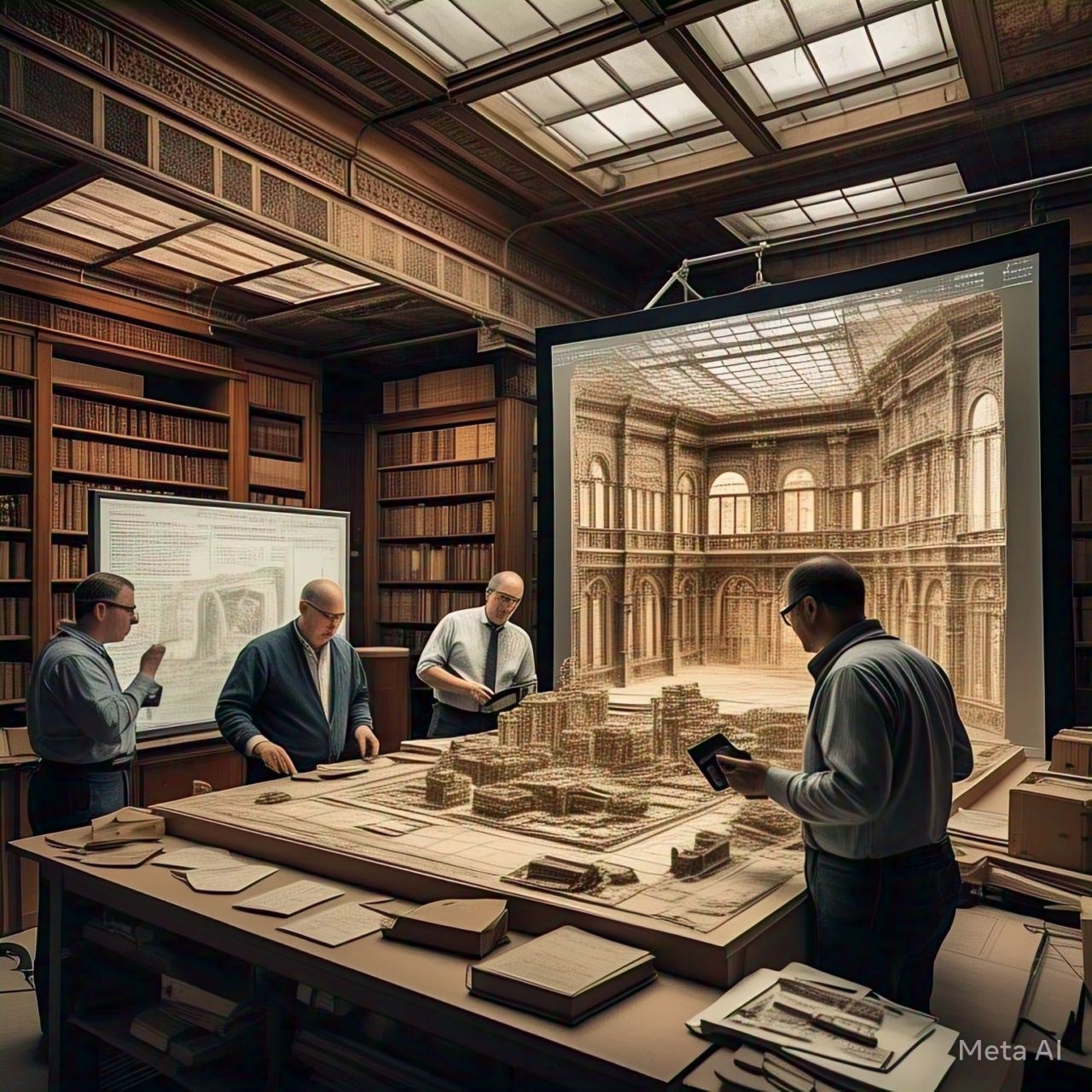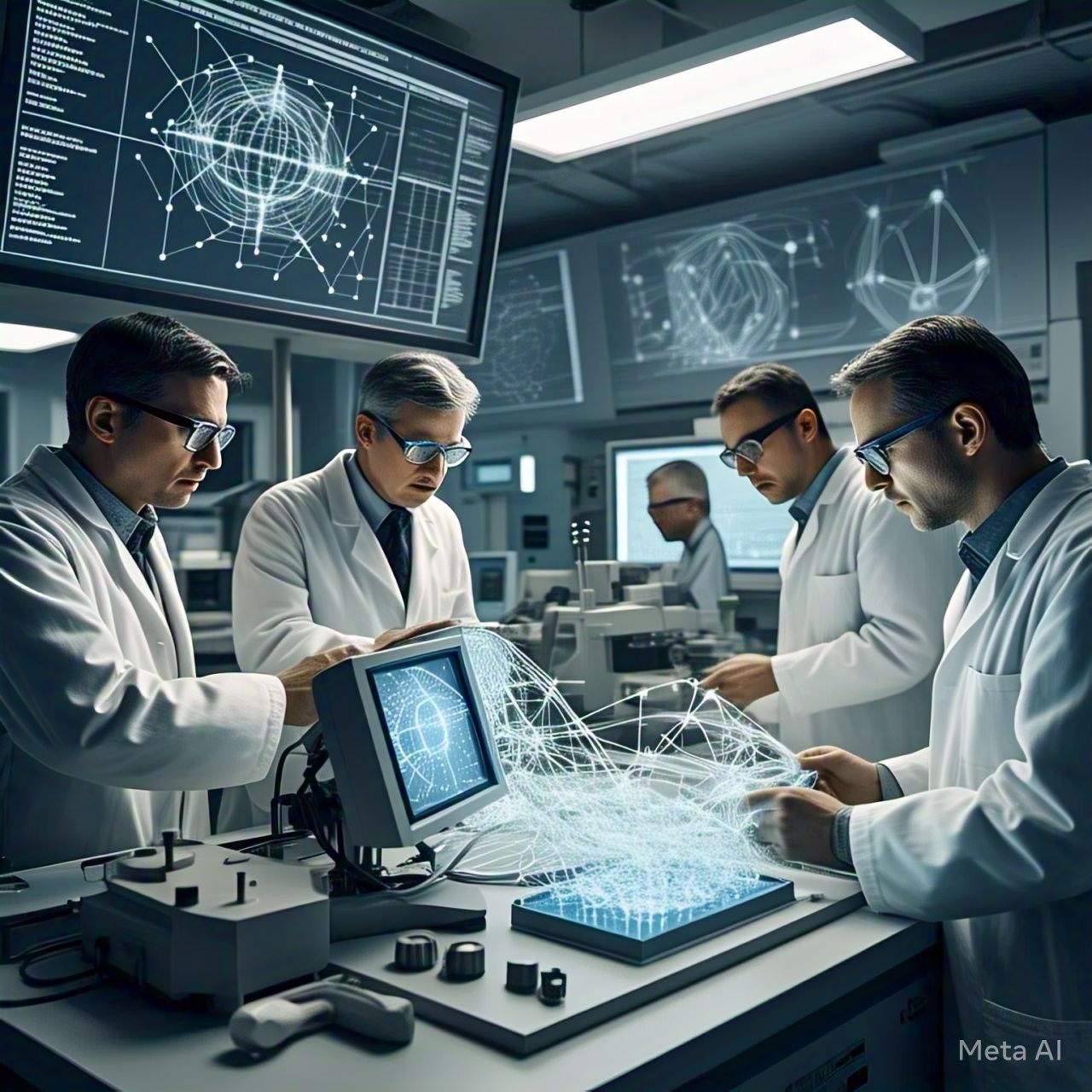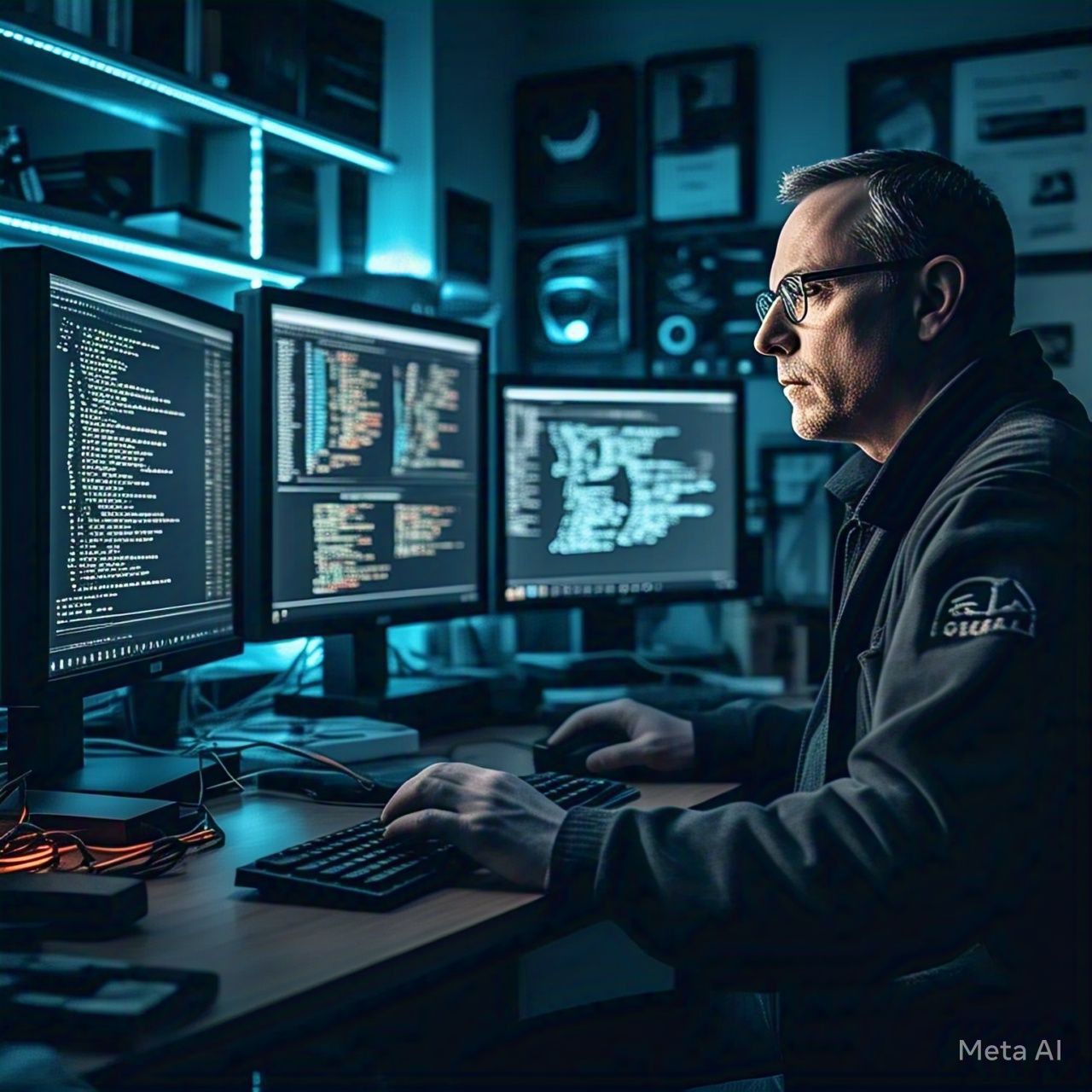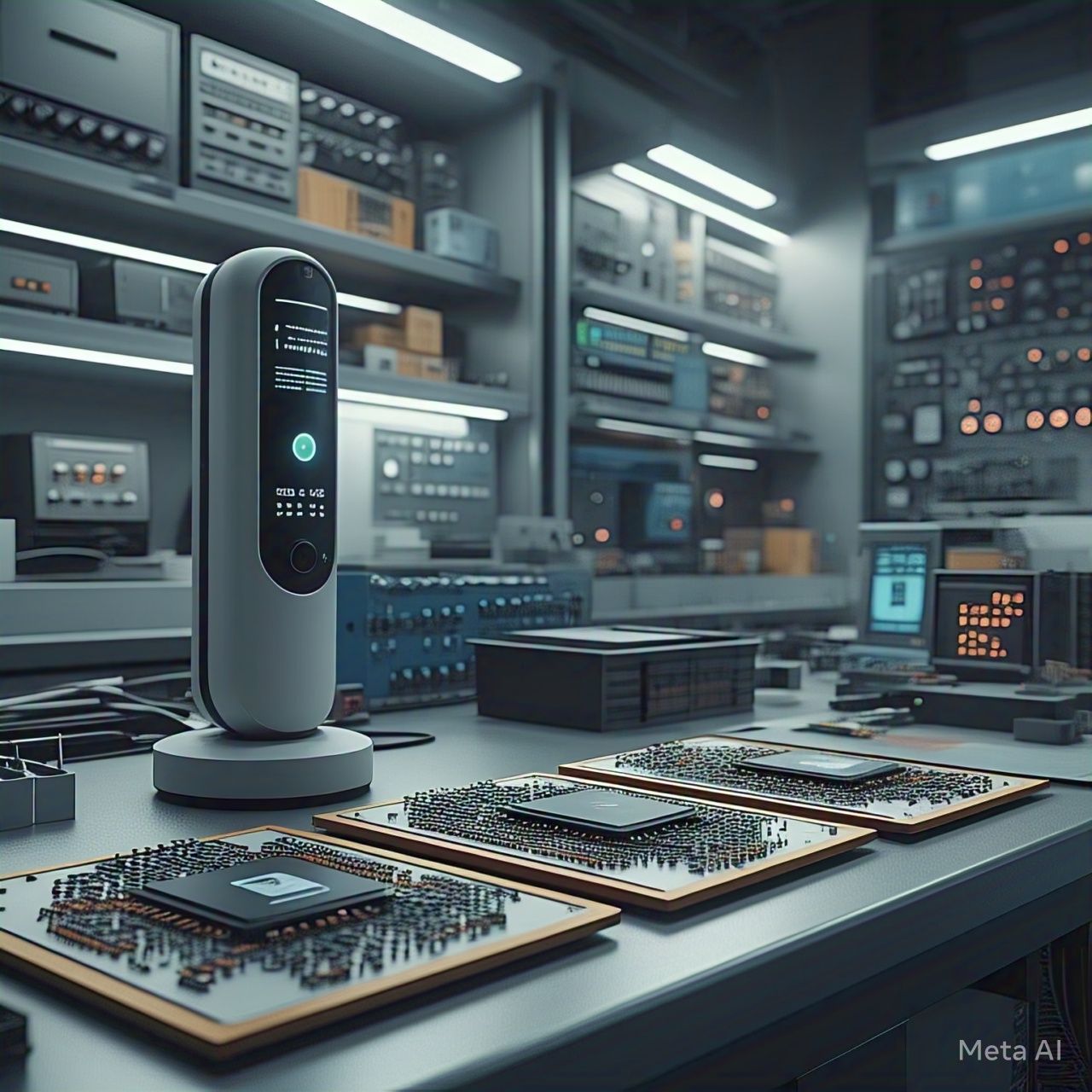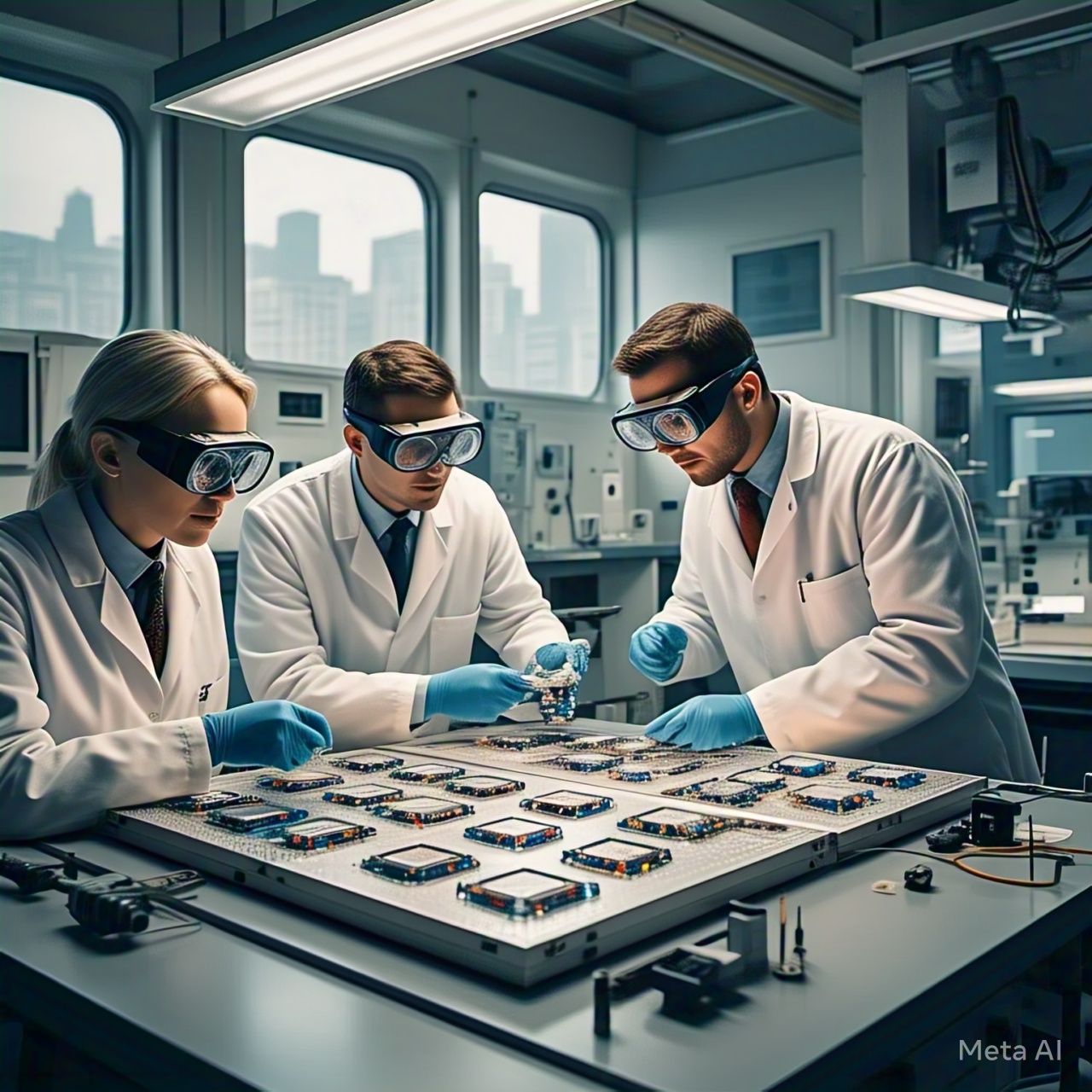Introduction
Historical restoration has always been a meticulous and time-intensive process, requiring deep expertise in architecture, archaeology, and art preservation. However, Artificial Intelligence (AI) is transforming this field, making it possible to restore ancient artifacts, buildings, and artworks with unprecedented precision. By leveraging machine learning, computer vision, and data analytics, AI is helping historians, architects, and conservators preserve cultural heritage for future generations. This article explores how AI is revolutionizing historical restoration and safeguarding the past with cutting-edge technology.
How AI is Enhancing Historical Restoration
1. AI-Powered Image and Data Analysis
AI can analyze vast collections of historical data, including old photographs, blueprints, and written records, to recreate lost details of historical structures and artifacts. Through deep learning algorithms, AI can fill in missing pieces and predict how ancient sites looked before deterioration.
Key Benefits:
- Restoration of incomplete or damaged artworks and manuscripts.
- AI-generated 3D reconstructions of lost historical structures.
- Enhanced accuracy in color restoration based on historical records.
2. Machine Learning for Material Preservation
AI can help determine the best methods for preserving aging materials by analyzing patterns of degradation in ancient structures. By predicting the effects of environmental factors such as humidity, temperature, and pollution, AI enables conservators to implement better preservation strategies.
Key Benefits:
- Early detection of material decay to prevent irreversible damage.
- AI-driven recommendations for conservation techniques.
- Data-backed decision-making for material selection in restorations.
3. 3D Printing and AI-Driven Reconstruction
AI works alongside 3D printing technology to recreate missing parts of sculptures, artifacts, and architectural elements. Using advanced modeling techniques, AI can generate accurate designs of lost historical features, ensuring authenticity in restorations.
Key Benefits:
- Cost-effective restoration of fragmented historical pieces.
- AI-assisted modeling for precision in reconstructions.
- Faster and more efficient restoration processes.
4. AI for Language and Script Restoration
AI-powered natural language processing (NLP) is playing a crucial role in decoding ancient texts and inscriptions. By analyzing damaged or incomplete scripts, AI can reconstruct missing words and translate lost languages, bringing forgotten historical knowledge back to life.
Key Benefits:
- Deciphering ancient scripts with greater accuracy.
- AI-assisted translations for better historical understanding.
- Preservation of linguistic heritage through digital archiving.
5. Virtual Reality (VR) and AI for Immersive Historical Experiences
AI-driven virtual reconstructions allow historians and visitors to experience historical sites as they once existed. VR and AI combine to create immersive educational experiences, enabling people to explore digitally restored versions of ancient civilizations and landmarks.
Key Benefits:
- Interactive experiences for museums and heritage sites.
- AI-generated virtual tours of lost historical places.
- Improved public engagement with cultural heritage.
The Future of AI in Historical Restoration
As AI technology continues to evolve, its applications in historical restoration will become even more advanced. Future developments may include AI-powered robotic restoration systems, enhanced predictive modeling for cultural site preservation, and deeper integration of AI with augmented reality (AR) to offer real-time historical insights.
Conclusion
AI is revolutionizing historical restoration by making it faster, more precise, and highly efficient. From AI-powered image analysis to machine learning-driven material preservation, technology is bridging the gap between the past and the present. By embracing AI, conservators and historians can ensure that cultural heritage is not only preserved but also made more accessible to future generations. The fusion of history and technology is proving that AI is not just shaping the future—it is also safeguarding the past.
